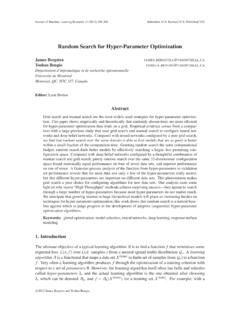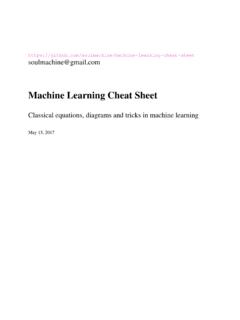Transcription of Variational Inference - Princeton University
1 Variational InferenceDavid M. Blei1 Set up As usual, we will assume thatx=x1:nare observations andz=z1:mare hiddenvariables. We assume additional parameters that are fixed. Note we are general the hidden variables might include the parameters, , in atraditional Inference setting. (In that case, are the hyperparameters.) We are interested in theposterior distribution,p(z|x, ) =p(z,x| ) zp(z,x| ).(1) As we saw earlier, the posterior links the data and a model. It is used in all downstreamanalyses, such as for the predictive distribution. (Note: The problem of computing the posterior is an instance of a more general problemthat Variational Inference solves.)2 Motivation We can t compute the posterior for many interesting models.
2 Consider the bayesian mixture of Gaussians,1. Draw k N(0, 2) fork= Fori= :(a) Drawzi Mult( );1(b) Drawxi N( zi, 2). Suppressing the fixed parameters, the posterior distribution isp( 1:K,z1:n|x1:n) = Kk=1p( k) ni=1p(zi)p(xi|zi, 1:K) 1:K z1:n Kk=1p( k) ni=1p(zi)p(xi|zi, 1:K).(2) The numerator is easy to compute for any configuration of the hidden variables. Theproblem is the denominator. Let s try to compute it. First, we can take advantage of the conditional independenceof thezi s given the cluster centers,p(x1:n) = 1:KK k=1p( k)n i=1 zip(zi)p(xi|zi, 1:K).(3)This leads to an integral that we can t (easily, anyway) compute. Alternatively, we can move the summation over the latent assignments to the outside,p(x1:n) = 1:KK k=1p( k)n i=1 zip(zi)p(xi|zi, 1:K).
3 (4)It turns out that we can compute each term in this summation. (This is an exercise.)However, there areKnterms. This is intractable whennis reasonably large. This situation arises in most interesting models. This is why approximate posteriorinference is one of the central problems in bayesian idea We return to the general{x,z}notation. The main idea behind Variational methods is to pick a family of distributions over thelatent variables with its ownvariational parameters,q(z1:m| ).(5) Then, find the setting of the parameters that makesqclose to the posterior of Useqwith the fitted parameters as a proxy for the posterior, , to form predictionsabout future data or to investigate the posterior distribution of the hidden variables.
4 Typically, the true posterior is not in the Variational family. (Draw the picture fromWainwright and Jordan, 2008.)4 Kullback-Leibler Divergence We measure the closeness of the two distributions with Kullback-Leibler (KL) divergence. This comes frominformation theory, a field that has deep links to statistics andmachine learning. (See the books Information Theory and Statistics by Kullback and Information Theory, Inference , and Learning Algorithms by MacKay.) The KL divergence for Variational Inference isKL(q||p) = Eq[logq(Z)p(Z|x)].(6) Intuitively, there are three cases Ifqis high andpis high then we are happy. Ifqis high andpis low then we pay a price. Ifqis low then we don t care (because of the expectation). (Draw a multi-modal posterior and consider various possibilities for single modes.)
5 Note that we could try to reverse these arguments. In a way, that makes more intuitivesense. However, we chooseqso that we can take expectations. That said, reversing the arguments leads to a different kind of Variational inferencethan we are discussing. It is called expectation propagation. (In general, it s morecomputationally expensive than the algorithms we will study.)5 The evidence lower bound We actually can t minimize the KL divergence exactly, but we can minimize a functionthat is equal to it up to a constant. This is theevidence lower bound(ELBO).3 Recall Jensen s inequality as applied to probability distributions. Whenfis concave,f(E[X]) E[f(X)].(7) If you haven t seen Jensen s inequality, spend 15 minutes to learn about it.
6 (This figure is from Wikipedia.) We use Jensen s inequality on the log probability of the observations,logp(x) = log zp(x,z)(8)= log zp(x,z)q(z)q(z)(9)= log(Eq[p(x,Z)q(z)])(10) Eq[logp(x,Z)] Eq[logq(Z)].(11)This is the ELBO. (Note: This is the same bound used in deriving the expectation-maximization algorithm.) We choose a family of Variational distributions ( , a parameterization of a distributionof the latent variables) such that the expectations are computable. Then, we maximize the ELBO to find the parameters that gives as tight a bound aspossible on the marginal probability ofx. Note that the second term is the entropy, another quantity from information What does this have to do with the KL divergence to the posterior?
7 First, note thatp(z|x) =p(z,x)p(x).(12) Now use this in the KL divergence,KL(q(z)||p(z|x)) = Eq[logq(Z)p(Z|x)](13)= Eq[logq(Z)] Eq[logp(Z|x)](14)= Eq[logq(Z)] Eq[logp(Z,x)] + logp(x)(15)= (Eq[logp(Z,x)] Eq[logq(Z)]) + logp(x)(16)This is the negative ELBO plus the log marginal probability ofx. Notice thatlogp(x) does not depend onq. So, as a function of the Variational distribu-tion, minimizing the KL divergence is the same as maximizing the ELBO. And, the difference between the ELBO and the KL divergence is the log normalizer which is what the ELBO field Variational Inference In mean field Variational Inference , we assume that the Variational familyfactorizes,q(z1,..,zm) =m j=1q(zj).(17)Each variable is independent.
8 (We are suppressing the parameters j.) This is more general that it initially appears the hidden variables can be grouped andthe distribution of each group factorizes. Typically, this family does not contain the true posterior because the hidden variablesare dependent. , in the Gaussian mixture model all of the cluster assignmentsziare dependenton each other and the cluster locations 1:Kgiven the datax1:n. These dependencies are often what makes the posterior difficult to work (Again, look at the picture from Wainwright and Jordan.) We now turn to optimizing the ELBO for this factorized distribution. We will usecoordinate ascent Inference , interatively optimizing each variationaldistribution holding the others fixed.
9 We emphasize that this is not the only possible optimization algorithm. Later, we llsee one based on the natural gradient. First, recall the chain rule and use it to decompose the joint,p(z1:m,x1:n) =p(x1:n)m j=1p(zj|z1:(j 1),x1:n)(18)Notice that thezvariables can occur in any order in this chain. The indexing from 1tomis arbitrary. (This will be important later.) Second, decompose the entropy of the Variational distribution,E[logq(z1:m)] =m j=1Ej[logq(zj)],(19)where Ejdenotes an expectation with respect toq(zj). Third, with these two facts, decompose the the ELBO,L= logp(x1:n) +m j=1E[logp(zj|z1:(j 1),x1:n)] Ej[logq(zj)].(20) Consider the ELBO as a function ofq(zk). Employ the chain rule with the variablezkas the last variable in the list.
10 This leads to the objective functionL= E[logp(zk|z k,x)] Ej[logq(zk)] + const.(21) Write this objective as a function ofq(zk),Lk= q(zk)E k[logp(zk|z k,x)]dzk q(zk) logq(zk)dzk.(22)6 Take the derivative with respect toq(zk)dLjdq(zk)= E k[logp(zk|z k,x)] logq(zk) 1 = 0(23) This (and Lagrange multipliers) leads to the coordinate ascent update forq(zk)q (zk) exp{E k[logp(zk|Z k,x)]}(24) But the denominator of the posterior does not depend onzj, soq (zk) exp{E k[logp(zk,Z k,x)]}(25) Either of these perspectives might be helpful in deriving Variational inferencealgorithms. The coordinate ascent algorithm is to iteratively update eachq(zk). The ELBO converges to alocal minimum. Use the resultingqis as a proxy for the true posterior.
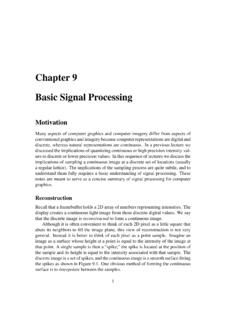

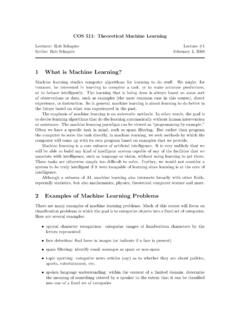
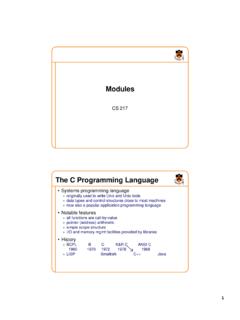
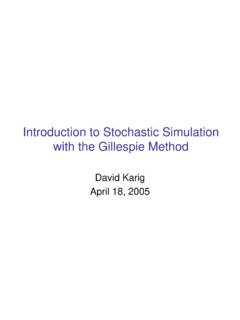
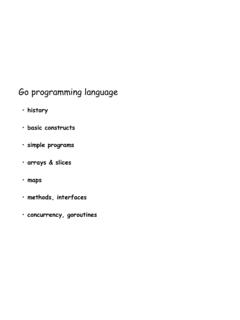




![arXiv:1706.02275v4 [cs.LG] 14 Mar 2020](/cache/preview/f/5/a/8/3/f/c/2/thumb-f5a83fc2d66f1a4b47577f8358eaa6b6.jpg)
